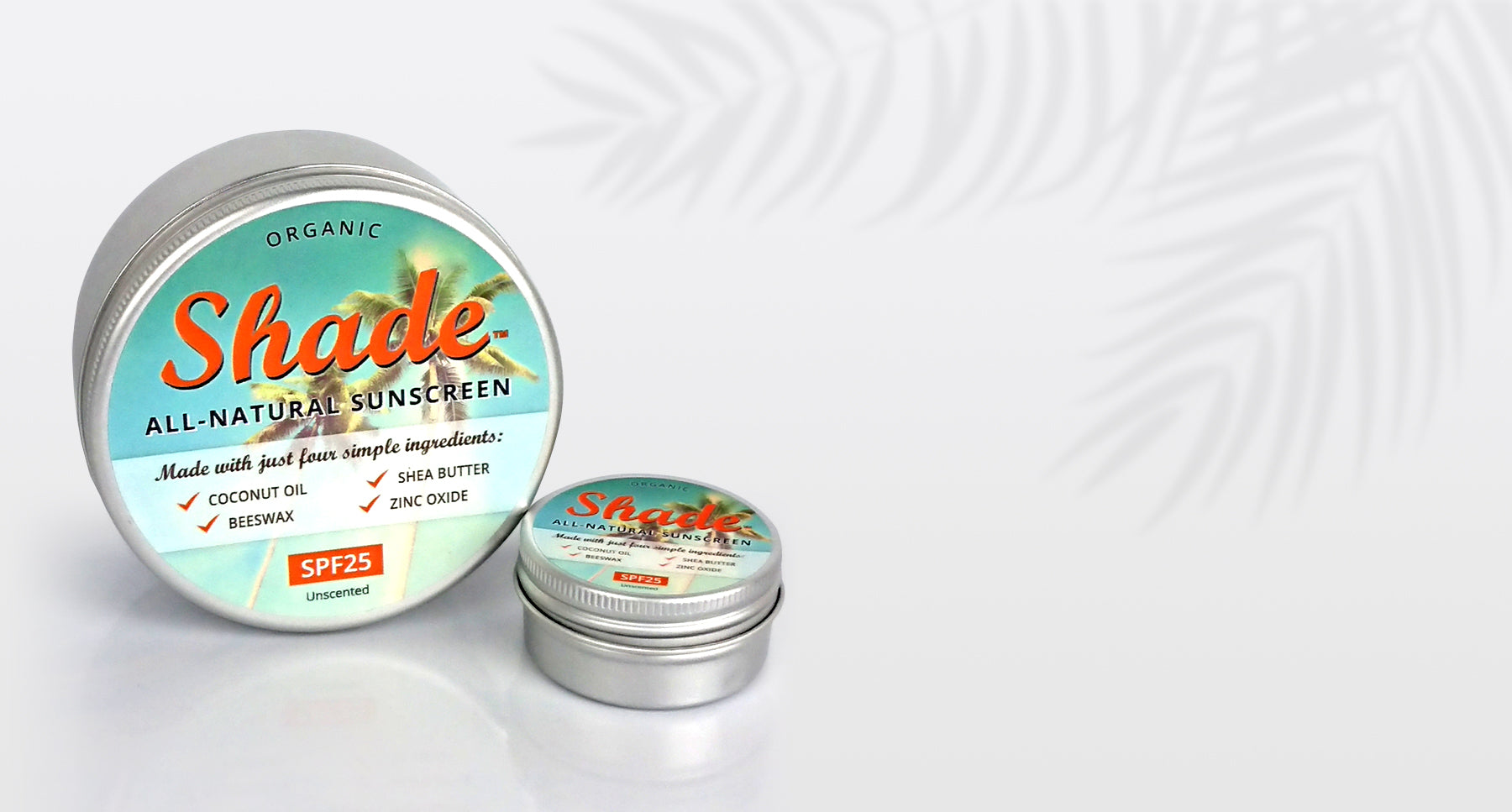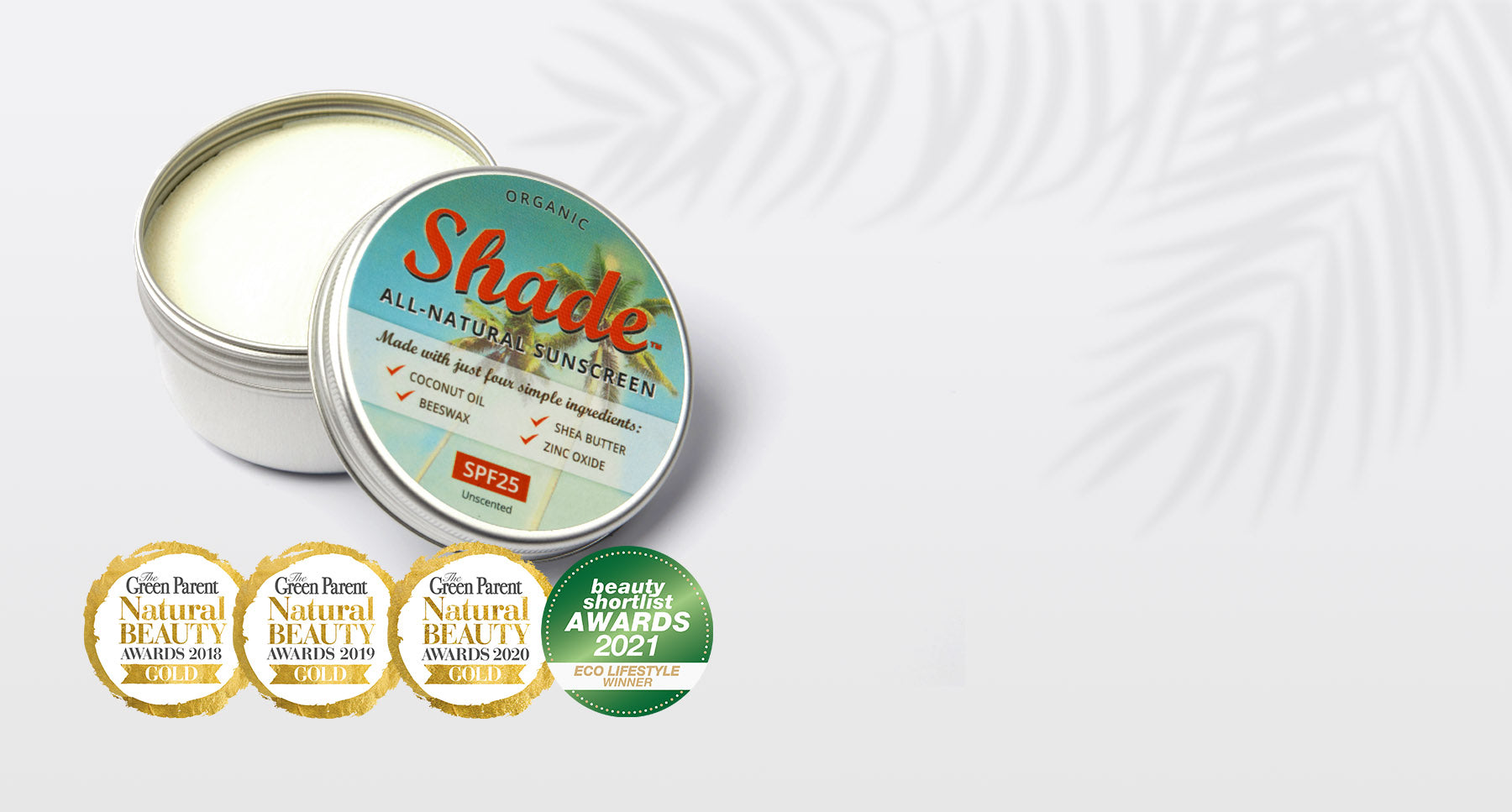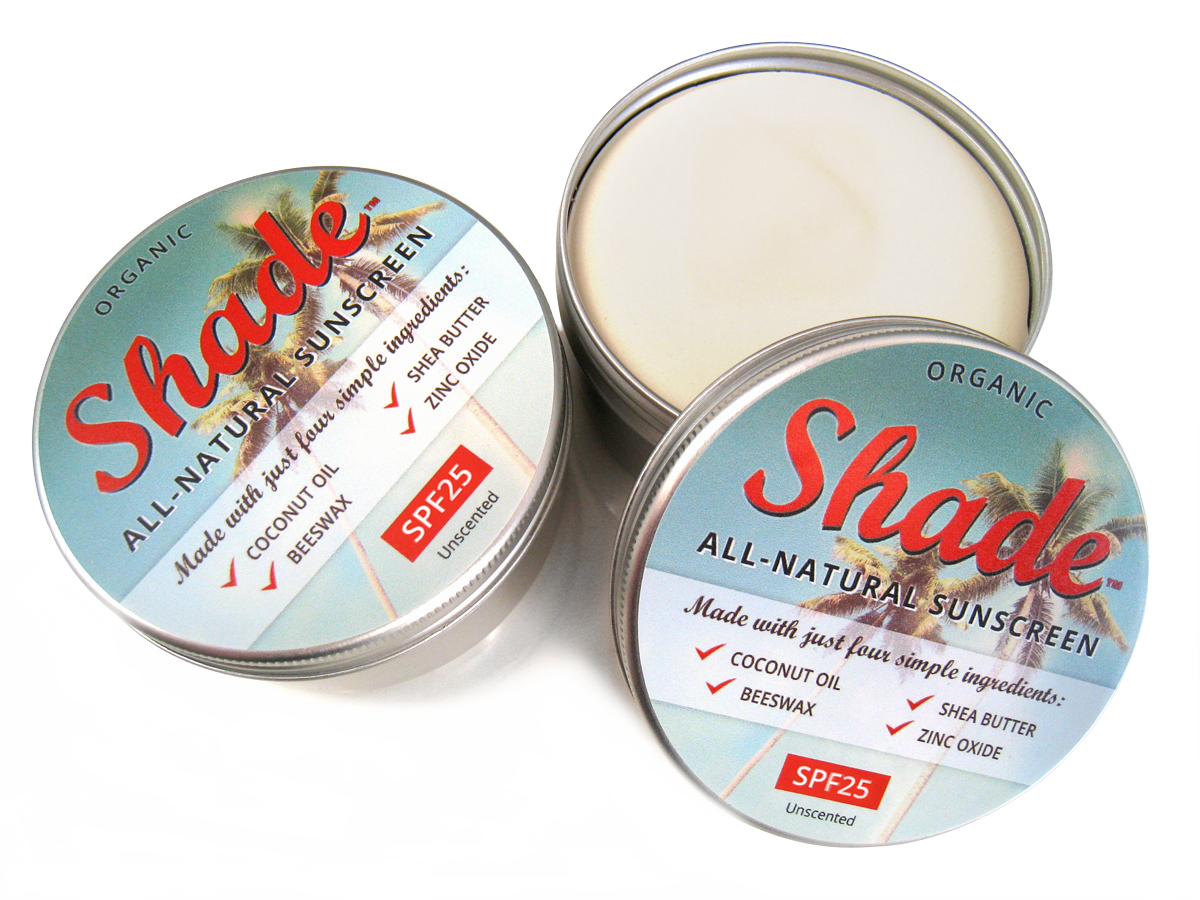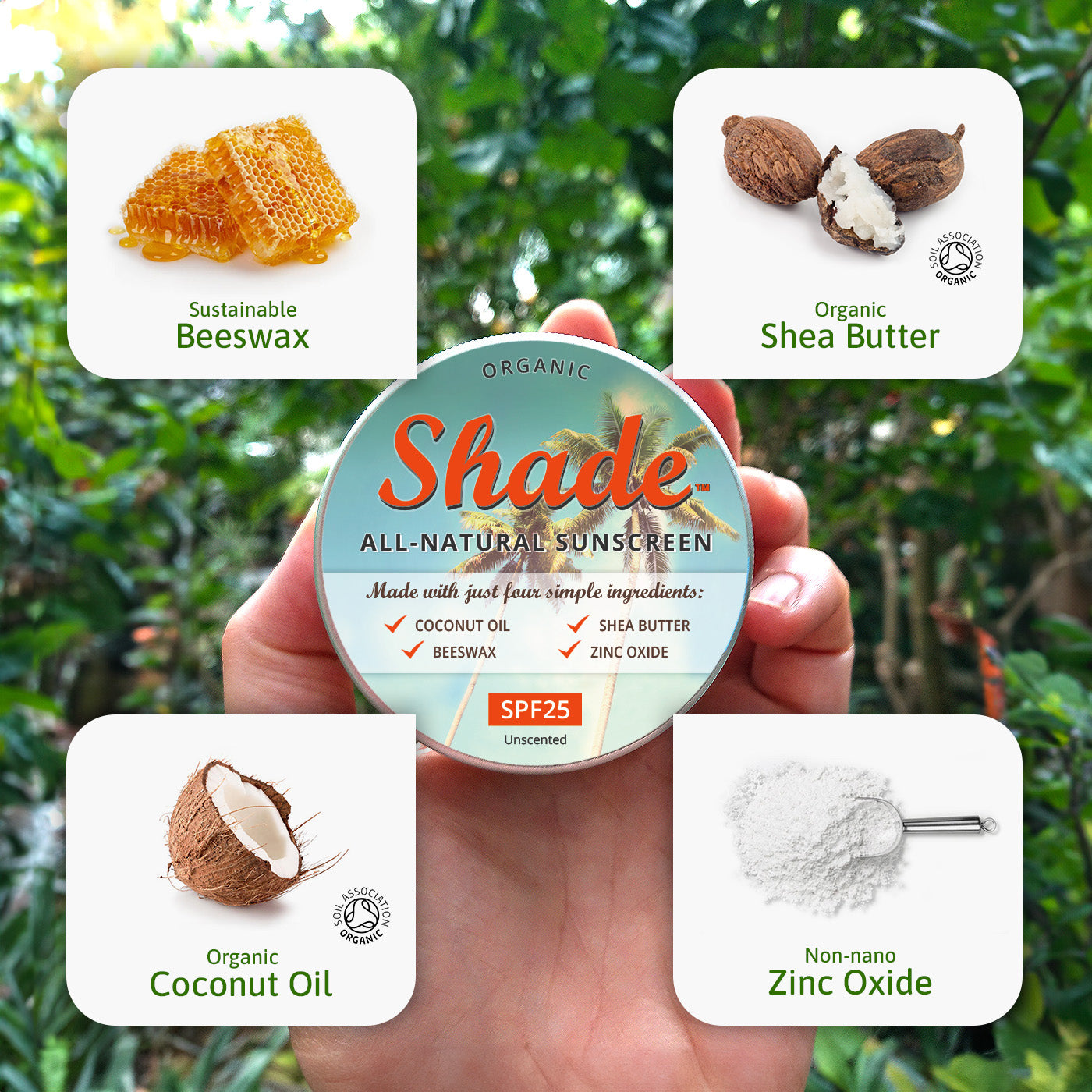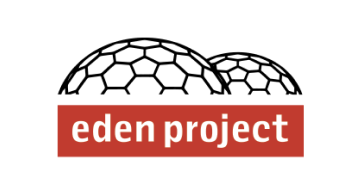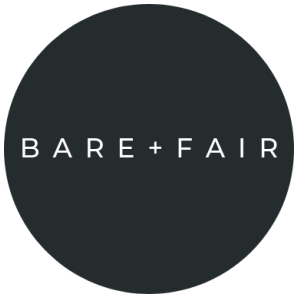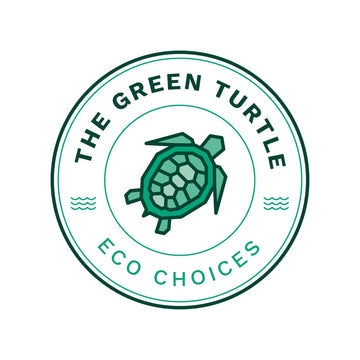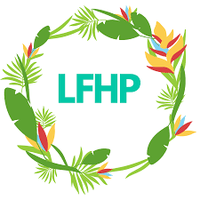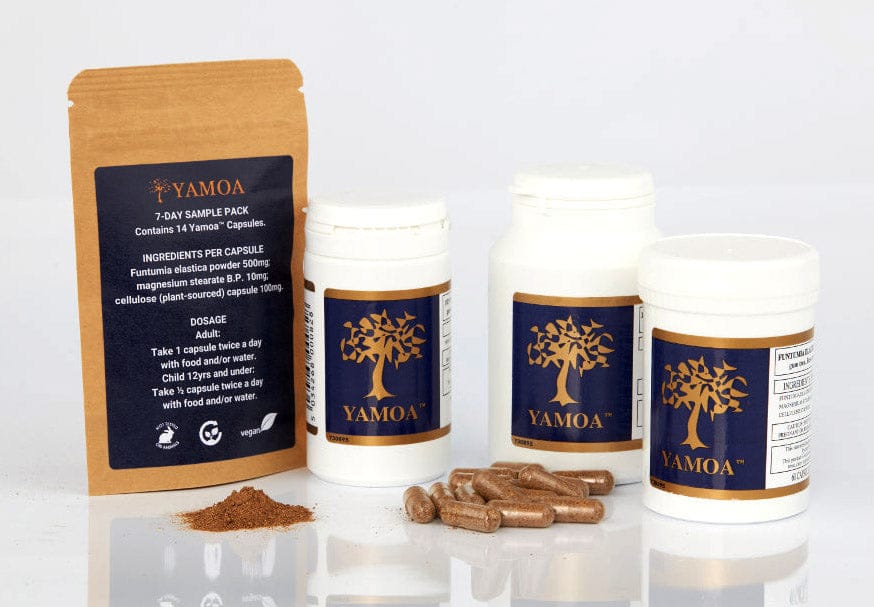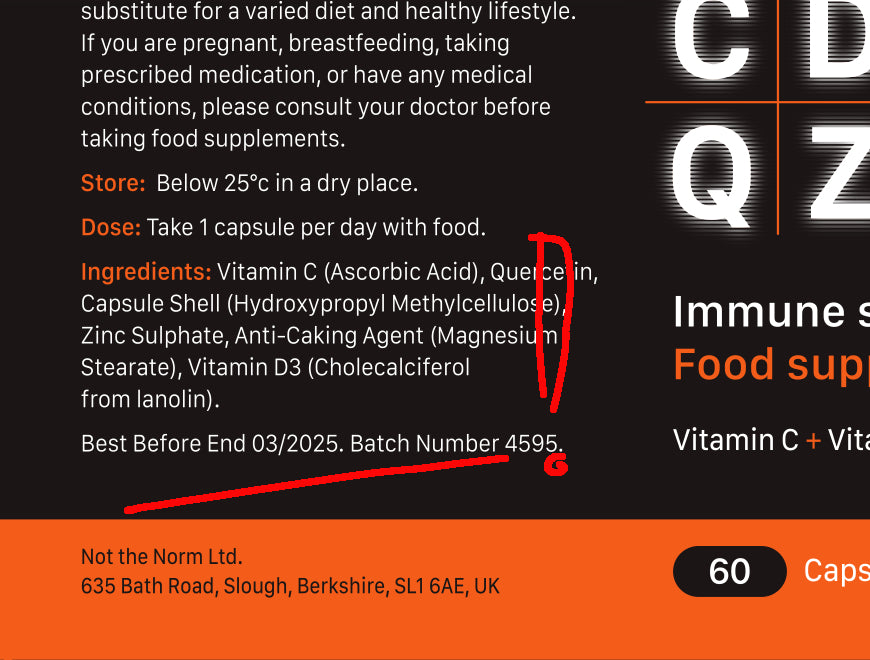Store Locator
Why Shade?
Shade™ is a mineral based broad spectrum sunscreen for every body - even those of you who are unable to use any other sunscreens.
There are no toxic chemicals, no unnecessary fragrances, no liquid polymers or microplastics that could damage your health or the environment!
Carefully selected ingredients
We use our favourite sustainable Coconoil™ unrefined virgin organic Coconut Oil which is also Soil Association certified.
Widely acknowledged as offering the safest, broadest-spectrum sun protection possible, we have used a pharmaceutical grade uncoated, non-Nano Zinc Oxide, which also has a cooling, slightly astringent, antiseptic, antibacterial and protective action on the skin, making Shade™ a perfect aftersun also.
We use a pure, sustainably-sourced unrefined beeswax which is completely non-toxic, locks in moisture, has excellent water-repellant properties and naturally nourishes the skin. In cosmetics, beeswax is an anti-inflammatory, antibacterial, anti-allergenic and a germicidal antioxidant making it a perfect sunscreen ingredient.
Product Features
You can also find us at...
Frequently asked questions
1. Who is Shade™ suitable for?
2. How should I apply Shade™?
3. What constitutes 'Apply Generously'?
4. How does Sun Protection Factor (SPF) actually work?
5. Does Shade™ protect against UVA as well as UVB?
6. Does Shade™ leave a white cast on the skin?
7. Why do you only make an SPF25?
8. How can I trust that it's a really effective sunscreen?
9. What tests has Shade™ undergone?
10. Is Shade™ water resistant?
11. Is Shade™ tested on animals?
12. So what's so bad about commercial, chemical-based, sunscreens?
13. Is Shade™ reef safe/marine friendly?
14. What's the shelf life?
15. Why is it packed in a tin and not a bottle or a tube like other sunscreens?
Enoy the sunshine
- Regular price
- $23.00 AUD
- Regular price
-
- Sale price
- $23.00 AUD
- Unit price
- per
Couldn't load pickup availability

Ingredients:
Unrefined Organic Shea Butter*, Virgin Unrefined Organic Coconut Oil*, Non-Nano Zinc Oxide (18%), 100% Pure Unrefined Natural Beeswax
*Certified Soil Association Organic Ingredients
Store above 18 degrees centigrade to keep soft. High wax and oil content will otherwise make the product harder to apply if stored in colder temperatures.
Application:
Apply generously. Works immediately. Reapply regularly at least every 2 - 3 hours or after exposure to water or after sweating.
Please read our blog posts, "A Word of Warning about Natural Sunscreens" and 'The Three Variables of Sun Protection' for further information on how Shade™ works, and how to stay safe in the sun.
 If you are a practitioner, you can now purchase this product through your account with The Natural Dispensary.
If you are a practitioner, you can now purchase this product through your account with The Natural Dispensary.






